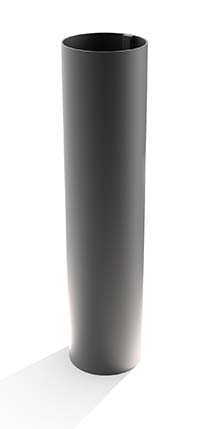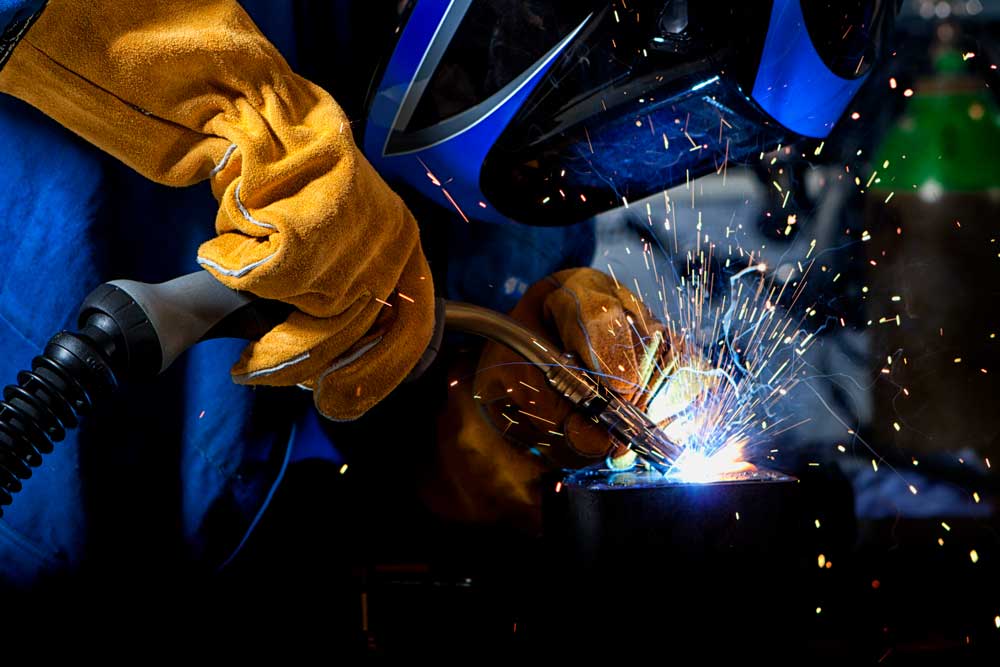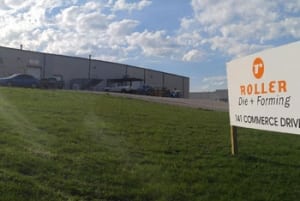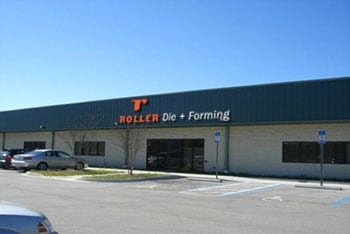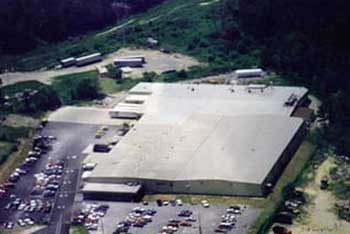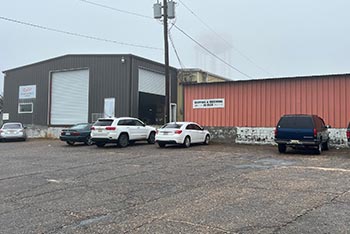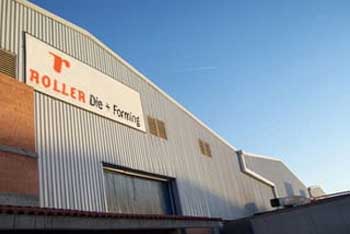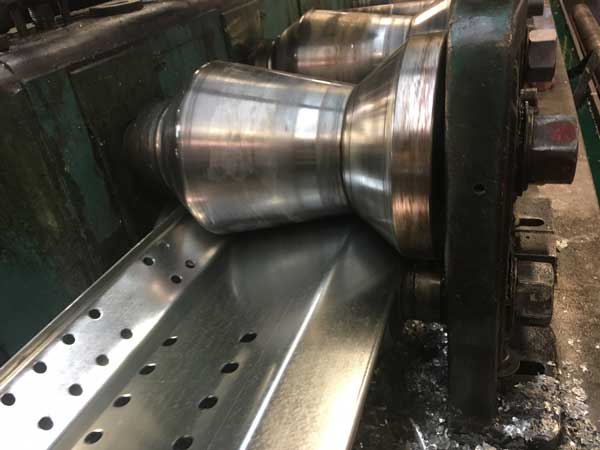One of the most common questions the Roller Die + Forming engineers get is how long tooling lasts, especially when a customer is purchasing custom tooling. Standard tooling is great for running many shapes, but customers often have their own specialty cross sections or punch patterns and want custom tooling to make exactly the roll formed metal part they need.
I took this question to Jeff Urbanik, Roller Die’s Corporate Engineer Manager. He is in charge of the engineering team that looks at quotes to determine whether we can make the part, designing the necessary standard tooling, and handling the maintenance of the tooling, three important steps in the tooling process.
“We have tools that have been running for 12-15 years,” he shared, “these tools can run millions of feet of parts.” The day to day care and maintenance of tooling, even customer-owned custom roll formed tooling, is built into Roller Die’s cost. For programs that are extended for another long run, Roller Die may need to refresh the tools, do a little refurbishment on the rolls and rebuild cut-off dies to ensure they continue to hold tight tolerances. After refurbishment, rolls can continue to run another 5-6 years.
When broken down over millions and millions of feet of parts, the cost of tooling can amount to a fraction of a cent of each part. For parts where the cross section or punch pattern is a proprietary part of the design, custom tooling is important to achieving the customer’s goals. Similarly, for customers who expect a long lifetime for a part, custom tooling can ensure the part is still within tolerance over a decade or more in the future.
From automotive to appliances, trains to material handling tracks, Roller Die + Forming parts are used across the continent in hospitals, supporting solar panels, and inside conveyors. If you’re interested in learning more about roll forming and how we can help create your part, reach out to a member of our sales team today. They can discuss your needs, bring in engineering to design custom tooling or identify standard tooling, and then follow up through the prototyping, testing, and production process to ensure everything is meeting your quality standards.

